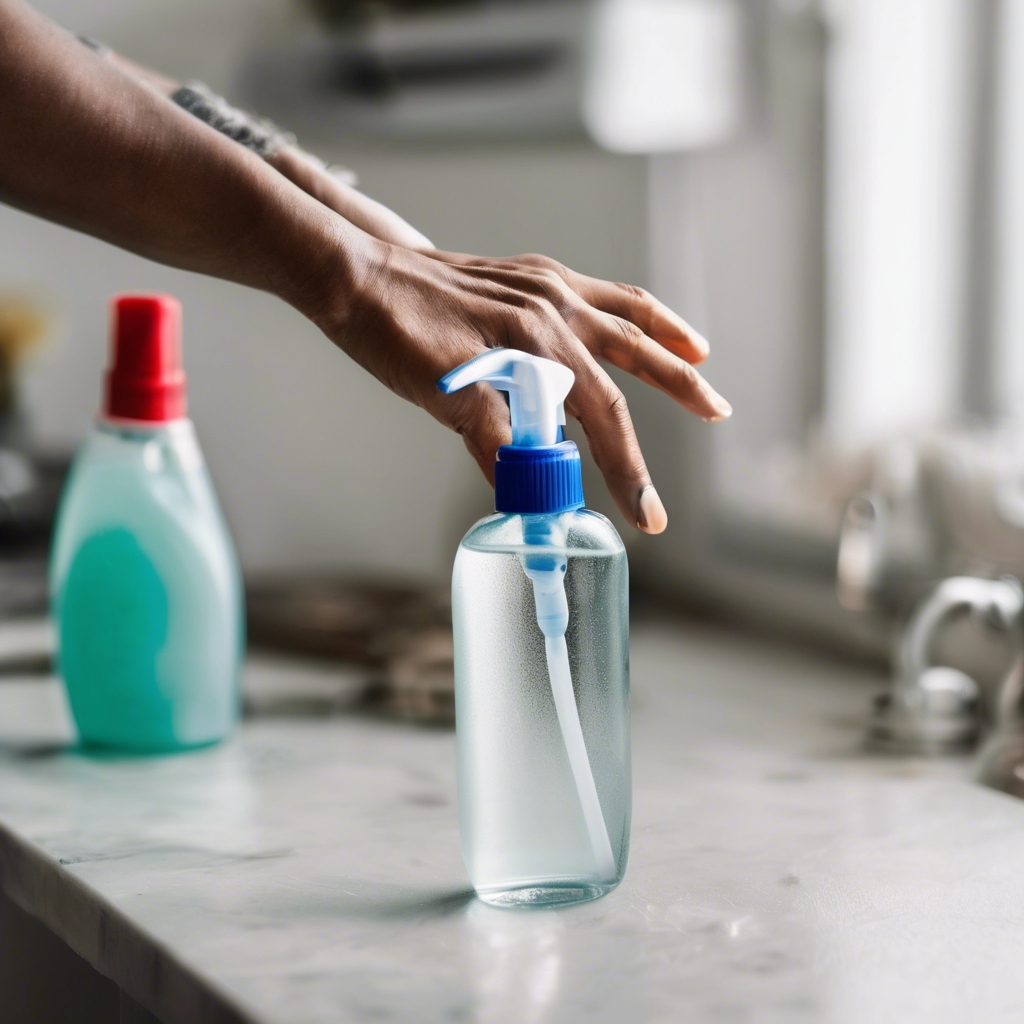The Germ Game: How Cleaning Prevents Illness
We wage a silent war, a microscopic battle fought on every surface, in every breath. It’s the war against germs – and cleanliness is our most potent weapon. Ironically, in a world obsessed with hygiene, we sometimes forget the fundamental role of a good clean in staving off illness. It’s not just about sparkling surfaces; it’s about safeguarding our collective health.
Think of it like this: a sneeze, a cough, a casual touch – each a tiny act of biological warfare, launching an army of invisible invaders. These microscopic marauders, viruses and bacteria, cling to surfaces like barnacles to a hull, patiently waiting for their next unwitting host. The cleaner the environment, the fewer the waiting enemies. It’s a simple equation, yet its implications are profound.
The Science of Cleanliness
The Centers for Disease Control and Prevention (CDC) emphasizes the crucial link between hygiene and disease prevention. Regular cleaning, particularly focusing on high-touch surfaces like doorknobs, light switches, and countertops, significantly reduces the risk of transmission. It’s a stark contrast to the pre-antibiotic era, where even minor wounds could become life-threatening. We now understand the power of proactive cleaning – a preventative measure that’s both simple and remarkably effective.
Studies consistently show a correlation between clean environments and lower rates of infectious diseases. Hospitals, naturally, understand this acutely. Their rigorous sterilization protocols are not merely cosmetic; they are a matter of life and death. The difference between a meticulously cleaned operating room and a sloppily maintained one is, quite literally, night and day.
I remember my grandmother, bless her soul, who treated cleaning not as a chore but as a sacred ritual. Her house, always spotless, smelled faintly of lemon and pine – a comforting aroma that, in retrospect, symbolized far more than just cleanliness; it represented a bulwark against the unseen enemies that lurked just beyond our perception.
Beyond the Basics: A Holistic Approach
While surface cleaning is paramount, a truly effective strategy takes a holistic approach. This includes proper handwashing (a surprisingly effective method often overlooked), disinfecting regularly touched objects, and maintaining good ventilation. Imagine germs as tenacious vines, spreading their tendrils across every surface. Cleaning isn’t just about snipping the vines; it’s about controlling their growth before they choke the entire system.
The contrast between a meticulously clean space and a germ-ridden one is like comparing a sun-drenched meadow to a choked swamp. One fosters life and vitality, the other breeds disease and decay. The choice, of course, is ours.
The Human Element
Ultimately, the fight against illness isn’t solely a scientific endeavor; it’s a deeply human one. It’s about caring for ourselves and others, demonstrating a commitment to communal well-being. It’s about understanding that a clean environment isn’t just aesthetically pleasing; it’s an act of responsibility, a shield against the unseen forces that seek to undermine our health.
So, the next time you reach for a cleaning cloth, remember you’re not just removing dirt; you’re fighting a war, a quiet, microscopic battle for our collective well-being. And, in that seemingly mundane act, lies a profound and powerful significance. 🧼🦠💪
